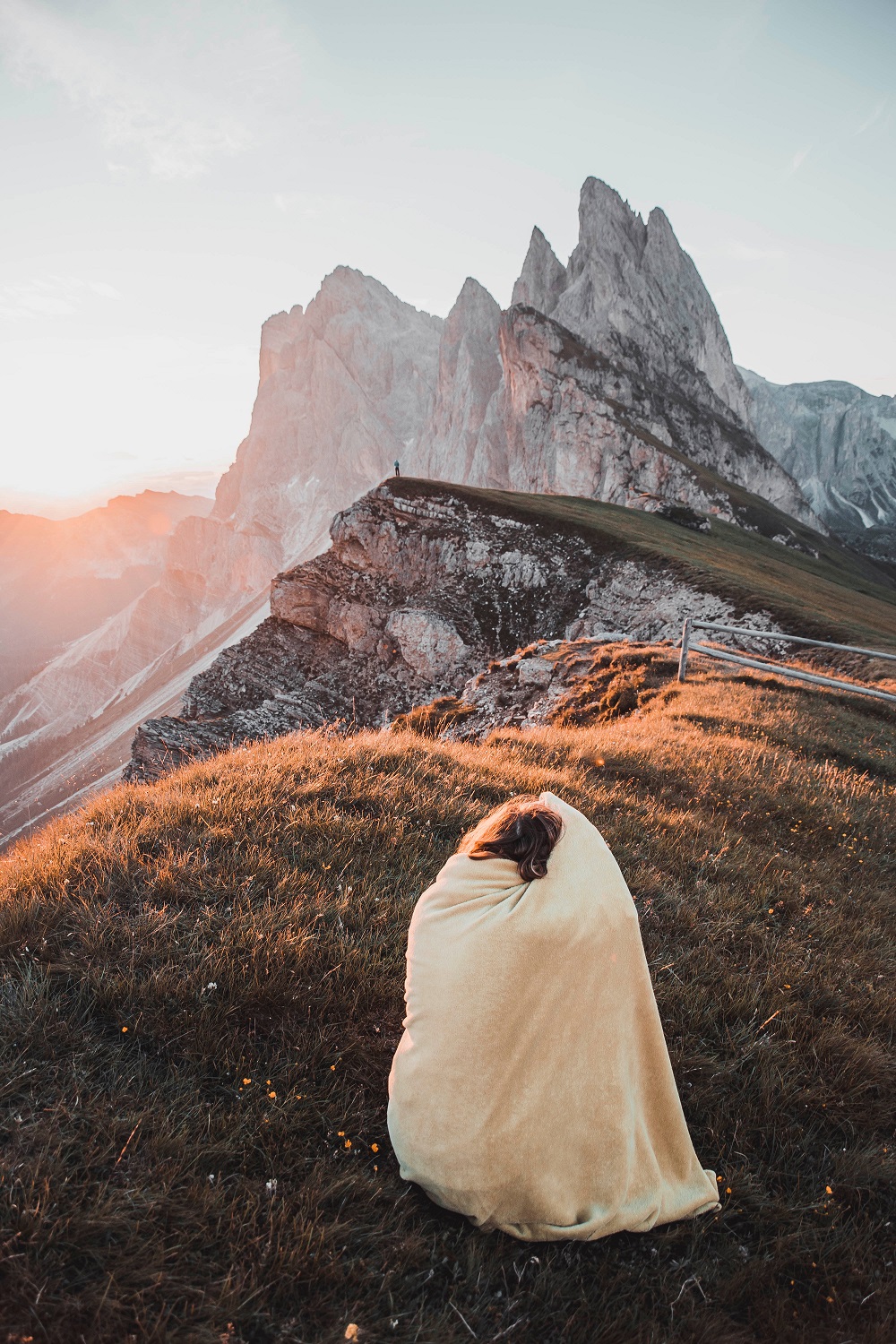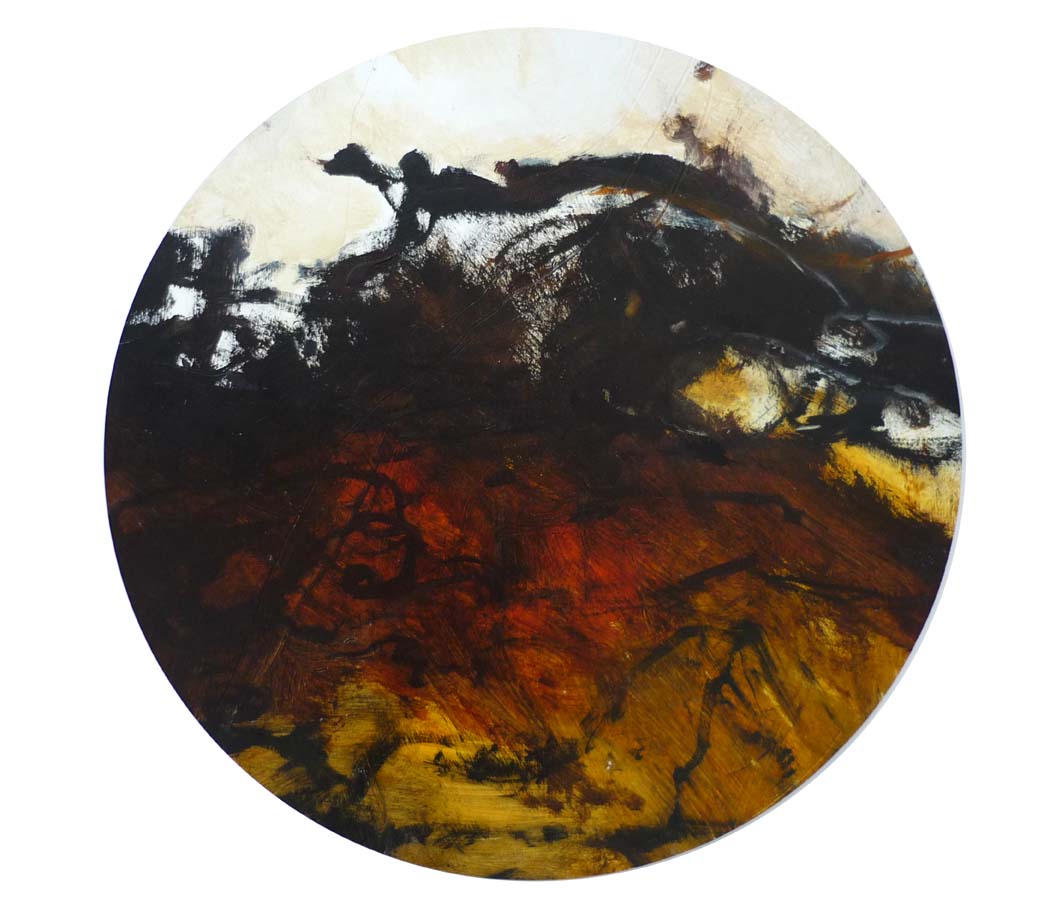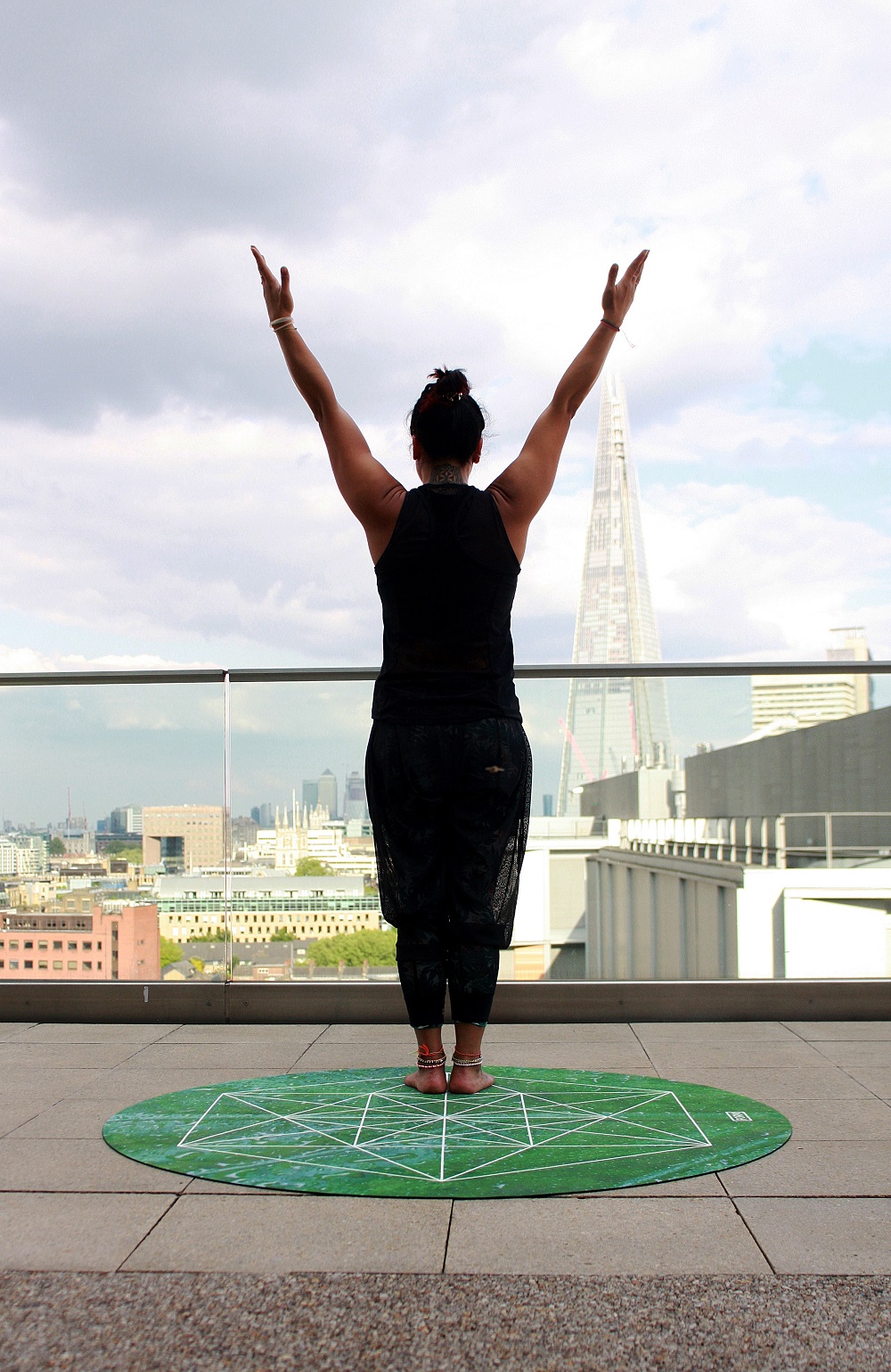Everybody needs stability, isn’t it? How to go about it?

For thousands of years cultures have developed routines and programs to achieve physical strength and stability. Whether it was in ancient Egypt or the rune exercises of the early Germanic tribes, humanity has been searching for a long, long time for methods to be strong and centred.
Contemporary advertising promises daily numerous quick miracle cures in regards to everything that involves human health.
What do you think about miracle cures?
I always think of nature, our clearest and most obvious guide in regards to the human body. Have you ever observed an ant-hill being built or a river changing the course of its riverbed or growing a forest in mere twenty-four hours?
I have been observing nature closely since I was a small child and I have never seen nature rushing.
I have never seen nature rushing
It appears that all changes physical and mental take its due time. As a Yoga Teacher and wellness coach I always point it out to my clients, that there is a need to be realistic on the time frame and that it takes commitment and patience to undergo change.
As this year is beginning to unfold you may take a moment to reflect on one or two things you wish to change in your body and/or mind this year. Try to be precise here, whether it is
- weight,
- strength,
- fitness,
- work life balance or
- nutrition,
outline a goal clearly and look for a realistic time frame.

Define your goals
Just define the goal first in words and write it down on a piece of paper, give it a date of completion.
Sign your goal personally and get, if possible, a friend or relative to sign as a witness. Store the paper in an easily accessible place.
Holding your goal in mind is the first step to creating change.
Which Yoga posture can help you?
Yoga practice prescribes standing postures as a physical entrance into cultivating stability and strength. The mountain poses ‘Tadasana’ (Mountain Pose) and ‘Urdva Hastasana’ (Hands Over Head Pose) are the embodiment of total physical focus and grounding.
In practicing this posture you can train your body awareness, your body control, your core strength, balance and most important your mental focus.
Let me talk you through this posture:
- Stand upright with your feet together, bringing your big toes to touch and keeping your heels a few centimetres apart.
- Draw your anklebones towards each other. You will feel the muscles on the inside leg engaging as you proceed.
- Lift your toes off the ground and feel the four corners of each foot (1. inside heel, 2. outside heel, 3.ball of the big toe, 4. ball of the little toe) press down.
As you become aware of both feet pressing actively into the ground you will feel your feet now consciously on the floor.
- Balance the weight evenly now between right and left foot, while you draw the inner ankles towards each other. This active stance will bring most of your leg muscles to switch on.
- Keep drawing both legs towards each other as you lift your pelvic floor by drawing it up towards the tailbone.(You should feel a continuous sense of activation and strength from the feet to the pelvis.)
- Lift your sternum and carry your chest open and free.
- Take a deep breath in as you raise your arms over your head reaching up.
- Hold this posture for up to ten breaths.
- Lower your arms to the side keeping the rest of the posture stable and strong. Repeat after little while.

There are no contraindications to the mountain pose unless you are suffering from extremely low blood pressure.‘Urdva Hastasana’ increases your ability to access the lower limbs including the feet, it increases core strength and determination to remain stable in the posture. As you extend upwards you can lengthen the spine.
The mountain pose can bring you back to your goals as you focus on keeping all parts of your body switched on. Concentration, paired with full activation leads us closer to the state of meditation.
